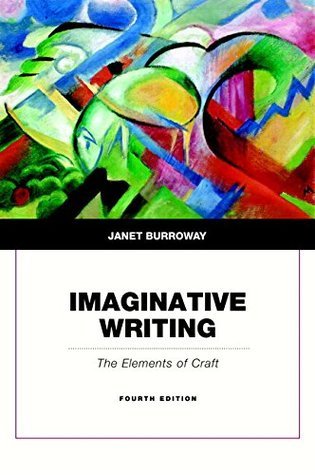What do you think?
Rate this book


Janet Burroway's bestselling Imaginative Writng: The Elements of Craft explores the craft of creative writing in four genres: Fiction, Poetry, Drama, and Creative Nonfiction. A trade author as well as a professor of creative writing, Burroway brings her years of teaching and writing to this book. "Try-This" exercises appear throughout each chapter. Provocative and fun, these exercises help writers develop the specific writing skills discussed within the text. “Working toward a draft” exercises encourage writers to develop their ideas into complete drafts. In response to reviewer requests, the preface “Invitation to the Writer” has been expanded into a full chapter. This new chapter introduces writers to important skills such as reading like a writer, journaling, and participating in the writer’s workshop. This book offers lots of ideas and encouragement at a great price!
416 pages, Paperback
First published January 1, 2002